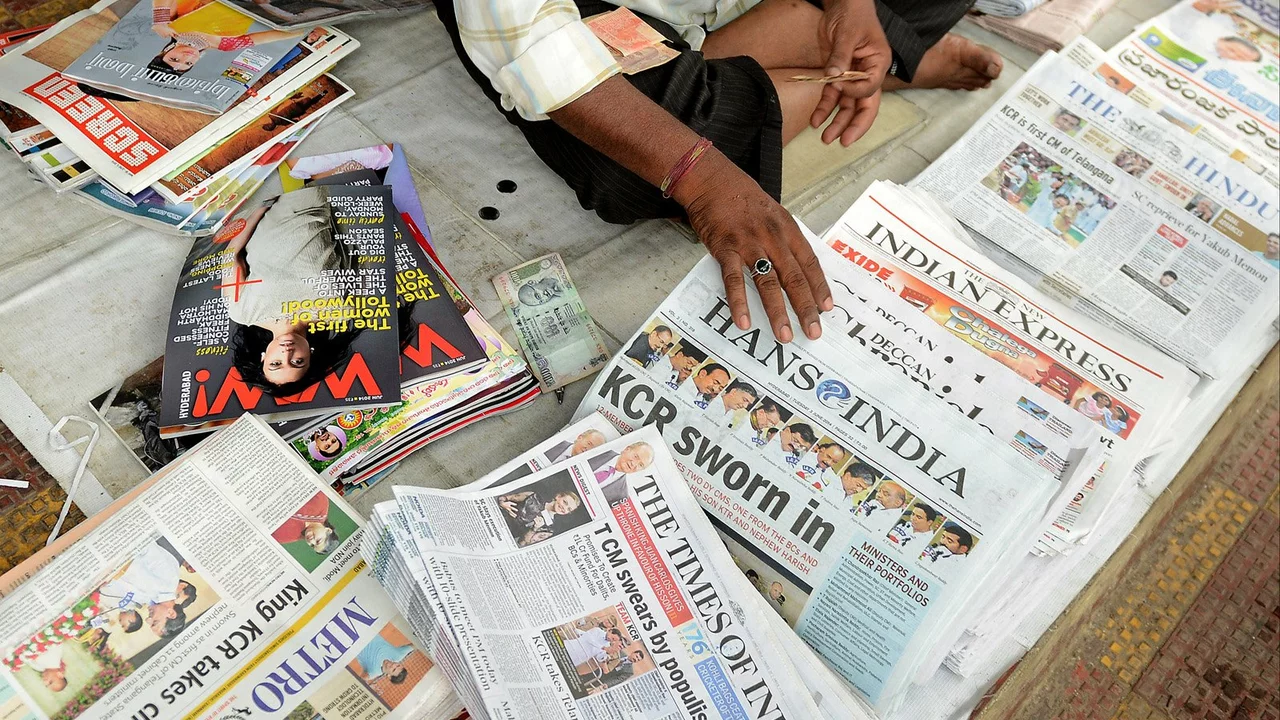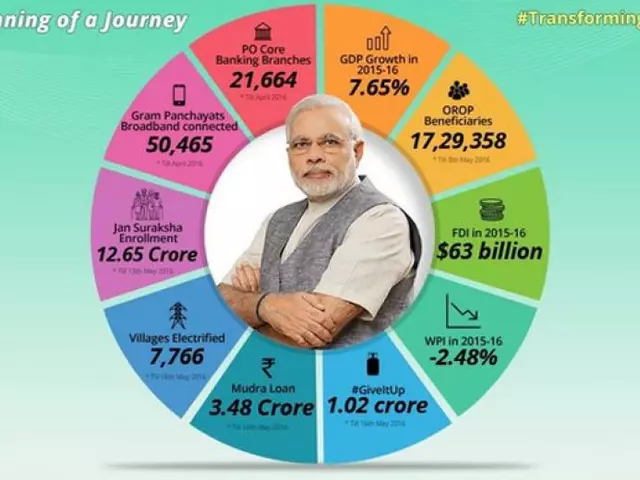News Bias: How to Spot and Understand Skewed Reporting
Ever read an article that felt a little off? Maybe the tone was too angry, or the facts seemed selective. That’s news bias in action. It’s when a story pushes a certain angle, whether intentional or not, and it can shape what you think without you even noticing. Recognizing bias helps you stay on the right side of the truth, especially when you’re scrolling through a flood of headlines.
Common Forms of News Bias
First up, selection bias. This is when a reporter chooses which facts to include and which to leave out. For example, a piece about the Supreme Court might highlight controversial rulings but ignore the court’s broader agenda. Then there’s framing bias. The same event can be described as a "crisis" or a "challenge" depending on the writer’s angle, nudging readers toward a particular feeling.
Tone bias shows up through loaded words. Words like "alleged" or "claimed" can make a claim sound weaker, while adjectives like "radical" or "heroic" push you toward a judgment. Lastly, source bias matters. If a story only quotes officials from one side of a debate, you’re only getting half the picture. The articles on political dynasties, poverty in India, or the Indian Air Force on our site illustrate how different angles can change the narrative.
Practical Tips to Reduce Bias Impact
So how do you cut through the noise? Start by checking multiple sources. If three reputable outlets report the same facts, you’re likely looking at a clearer picture. Next, watch the language. Spot adjectives that feel judgmental and ask yourself if they’re necessary. A quick mental filter – "Is this word adding emotion or describing fact?" – works wonders.
Another tip: look for missing viewpoints. If a story on a court decision only includes the judges’ statements, try to find reactions from lawyers, activists, or ordinary citizens. This balances the narrative. Also, pay attention to the author’s background. Knowing whether they specialize in politics, sports, or tech can clue you into potential blind spots.
Finally, use fact‑checking tools. Websites that verify claims can quickly tell you if a statistic has been twisted. When you combine source comparison, language checks, viewpoint hunting, and fact‑checking, you build a solid defense against bias.
News bias isn’t a new problem, but it’s easier to spot today because we have the tools at our fingertips. The next time a headline grabs your attention, pause, ask a few quick questions, and you’ll be less likely to swallow a one‑sided story. Stay curious, stay skeptical, and keep digging for the full story.





